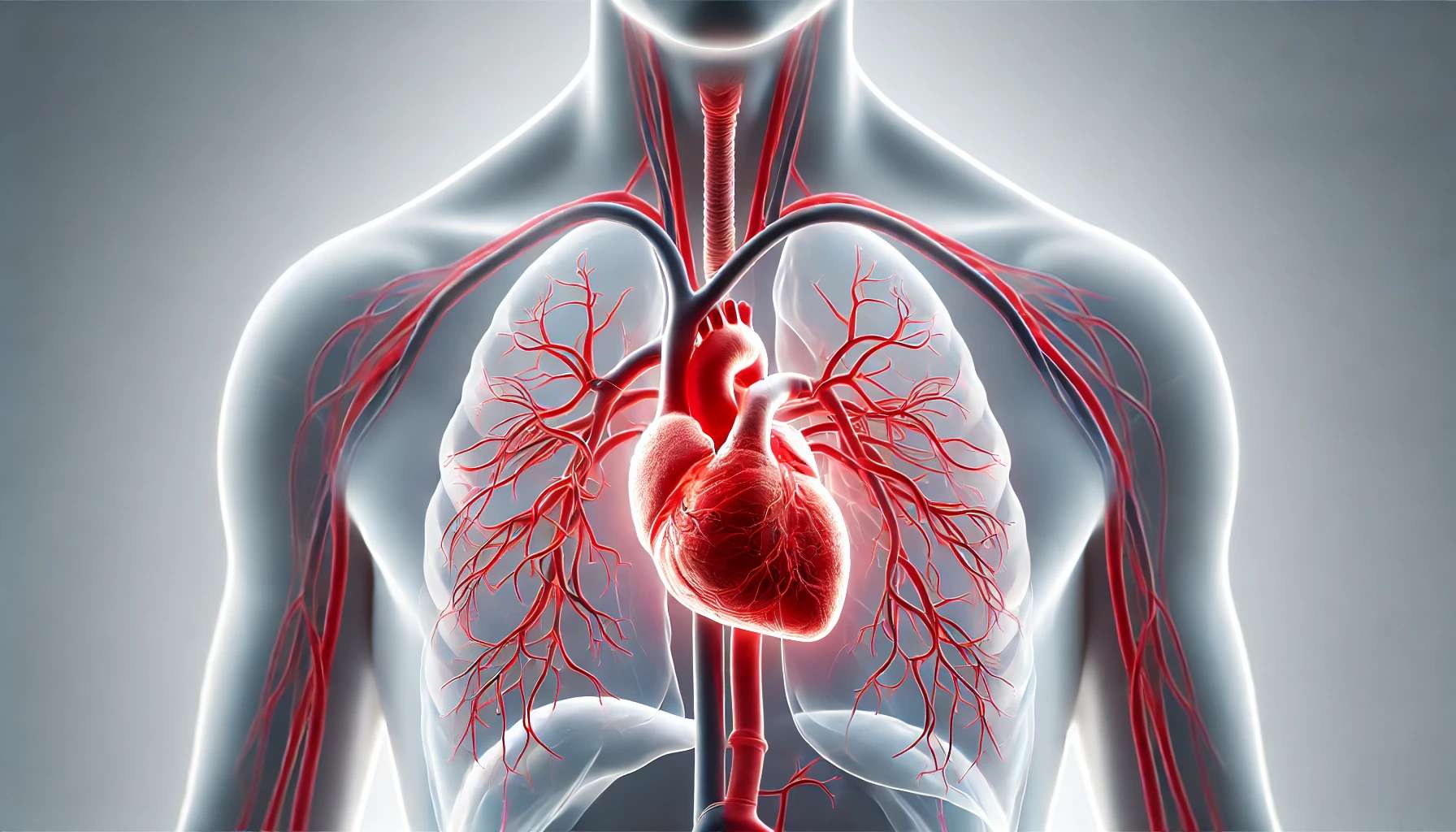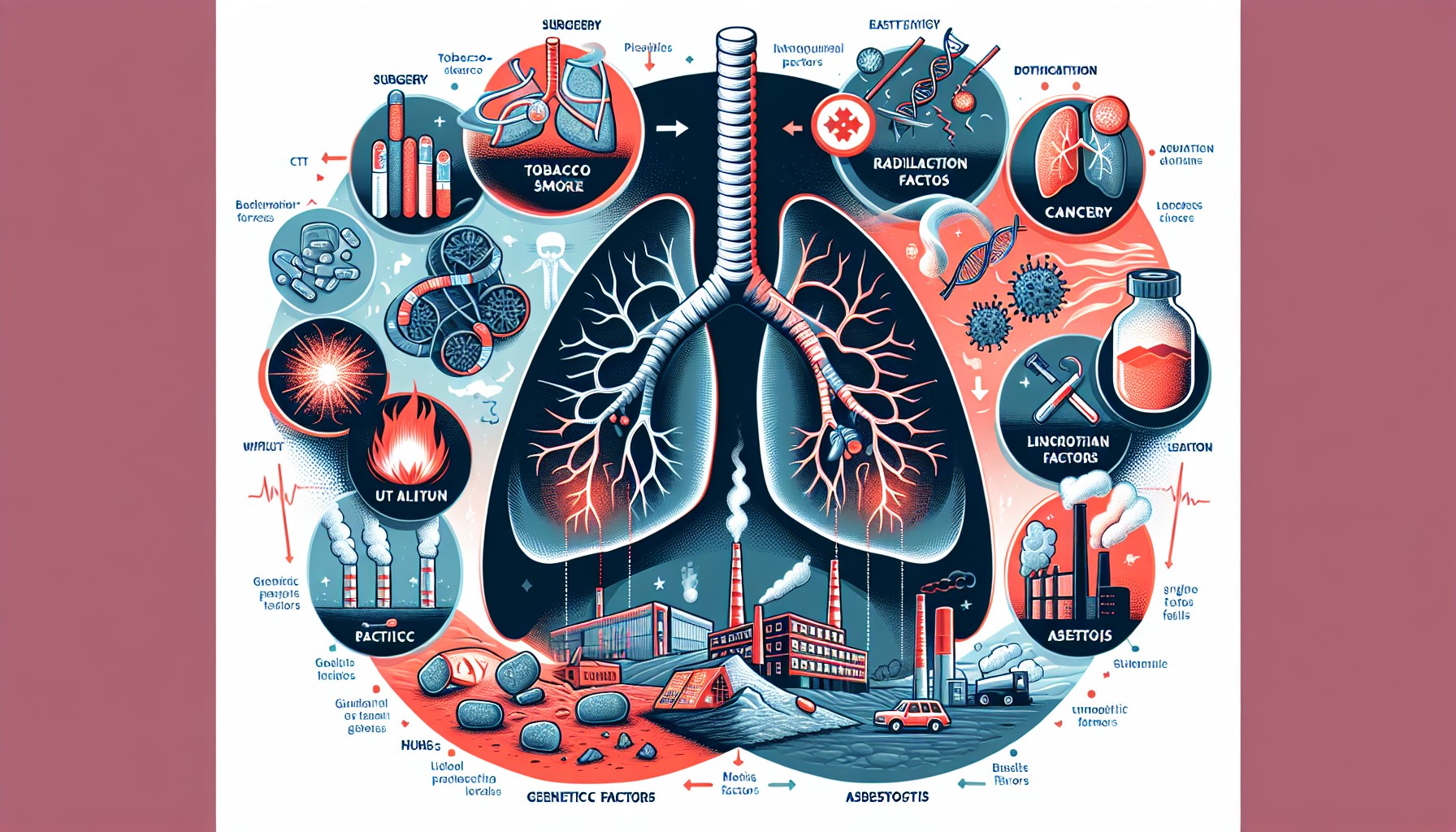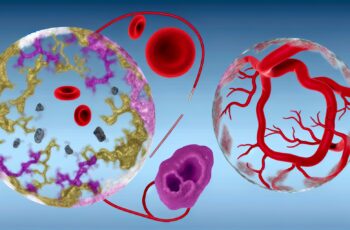Ad Blocker Detected
Our website is made possible by displaying online advertisements to our visitors. Please consider supporting us by disabling your ad blocker.
Living with pulmonary hypertension can be tough, but you’re not alone. This serious condition affects the blood vessels in your lungs, causing high blood pressure. It makes everyday tasks harder. Getting diagnosed and treated early is key to a better life.
To manage PH, you need a full plan. This includes changing your lifestyle, taking medicine, and seeing your doctor often. Learning about PH helps you make smart choices for your health. This way, you can breathe better and feel better overall.
Managing PH means knowing your treatment options. This includes medicines you take by mouth or through an IV. But, be careful with over-the-counter drugs and herbal remedies. They can make PH symptoms worse. With your doctor’s help, you can create a plan to breathe easier.
Key Takeaways
- Pulmonary hypertension has no cure, but various treatment options are available to manage the condition.
- Early diagnosis and treatment are crucial for improving quality of life and slowing disease progression.
- Lifestyle modifications, such as exercise and dietary changes, can help alleviate symptoms and improve overall health.
- Medications, including sildenafil, can help reduce symptoms and improve breathing in people with pulmonary arterial hypertension.
- It’s essential to work closely with your healthcare provider to develop a personalized treatment plan and monitor your condition regularly.
- Awareness and education about pulmonary hypertension are key to taking control of your pulmonary health and making informed decisions about your care.
Understanding Pulmonary Hypertension
Pulmonary hypertension is a complex condition that affects the lungs and heart. It is characterized by high blood pressure in the pulmonary arteries. This can lead to pulmonary hypertension symptoms such as shortness of breath and fatigue.
To manage this condition, it is essential to understand the different types of pulmonary hypertension. Each type has distinct characteristics and effects on the lungs and heart. plans.
Some of the key factors that contribute to pulmonary hypertension causes include genetic mutations, certain medical conditions, and lifestyle factors. By recognizing these factors, individuals can take steps to reduce their risk of developing pulmonary hypertension. This can improve their overall health.
Common Causes of Pulmonary Hypertension
Pulmonary hypertension can come from many sources. These include genetics, certain health conditions, and lifestyle choices. Knowing these pulmonary hypertension causes helps doctors create better treatment plans. It’s known that about 15-50 people per million have it, with women more likely to get it than men.
Often, this condition is missed or not diagnosed right away. This means the real number of people with it might be higher. Conditions like sleep apnea and lung diseases can also lead to pulmonary hypertension. Finding and treating it early can greatly improve a patient’s life.
Some common reasons for pulmonary hypertension are:
- Genetic predisposition
- Certain medical conditions, such as obstructive sleep apnoea and chronic lung diseases
- Lifestyle factors, such as smoking and lack of physical activity
Finding out why someone has pulmonary hypertension is key to treating it. By knowing the pulmonary hypertension causes and getting diagnosed early, patients can better manage their condition. This can also lower the risk of serious problems.
Recognizing the Warning Signs
It’s crucial to spot the warning signs of pulmonary hypertension early. Pulmonary hypertension symptoms can start off mild but get worse if not treated. Look out for shortness of breath, feeling tired, and chest pain.
Managing pulmonary hypertension needs a full plan. This includes making lifestyle changes, taking medicine, and keeping an eye on your health. Working with your doctor to create a plan tailored to you is key.
Pulmonary hypertension can sometimes show emergency signs like severe chest pain and trouble breathing. If you see these, get help right away.
Knowing the warning signs of pulmonary hypertension is important. Here are some to watch for:
- Shortness of breath when you’re active
- Fatigue and feeling weak
- Chest pain or feeling like it’s being squeezed
- Swelling in your legs and ankles
By catching the warning signs early and getting medical help fast, you can manage your condition better. This can greatly improve your life quality.
Your Path to Diagnosis
Getting a pulmonary hypertension diagnosis can change your life. Doctors use physical exams, medical history, and tests like echocardiograms and right heart catheterization to diagnose it. Knowing that pulmonary hypertension treatment is available is important. But, getting diagnosed early is key for effective treatment.
A pulmonary hypertension diagnosis might be hard to get because its symptoms can look like other diseases. But, with the right care and tests, you can get a correct diagnosis. This starts your journey to pulmonary hypertension treatment. It’s important to work with your healthcare provider to find the best treatment for you.
Here are some important things to think about when getting a pulmonary hypertension diagnosis:
- Physical exams to check your overall health and look for symptoms
- Medical history to see if any past health issues might be causing pulmonary hypertension
- Diagnostic tests like echocardiograms and right heart catheterization to confirm the diagnosis
Understanding how to get a pulmonary hypertension diagnosis and the pulmonary hypertension treatment options can help you manage your health. It lets you take charge of your condition.
Understanding Your Risk Factors
Knowing your risk factors for pulmonary hypertension is key. Certain health conditions, lifestyle choices, and genetics can raise your risk. Pulmonary hypertension risk factors include heart and lung diseases, and other cardiovascular issues.
Smoking and not exercising enough can also increase your risk. To prevent pulmonary hypertension, focus on a healthy lifestyle. This means eating well, staying active, and keeping a healthy weight.
It’s important to know your risk factors and take steps to lower them. By understanding your risks and taking preventive actions, you can reduce your chance of getting pulmonary hypertension. This includes managing your family history and any health conditions you have.
Treatment Options for Pulmonary Hypertension
There are many ways to treat pulmonary hypertension. Your doctor might give you medicines like endothelin receptor antagonists or phosphodiesterase-5 inhibitors. These help lessen symptoms and slow the disease’s growth. You might also need to make lifestyle changes, like eating less salt and exercising more.
For some, surgery like lung transplantation might be an option. It’s crucial to talk to your healthcare team to find the right pulmonary hypertension treatment for you.
- Vasodilators
- Endothelin receptor antagonists
- Phosphodiesterase-5 inhibitors
By working with your healthcare team and sticking to a detailed pulmonary hypertension management plan, you can manage your symptoms. This can greatly improve your life quality.
Living Well with Pulmonary Hypertension
Managing pulmonary hypertension means making lifestyle changes, regular exercise, and eating well. These steps can boost your health and lessen symptoms. It’s key to work with your healthcare team to create a plan that fits you.
Eating right and staying active can help you manage your condition better. It’s important to stay active and do things you love, but also listen to your body. With the right pulmonary hypertension support, you can manage your symptoms and live well.
By choosing a healthy lifestyle and getting support, you can control your pulmonary hypertension. Always work with your healthcare team to make a plan that suits you. This way, you can reach your health goals.
Prevention Strategies and Self-Care Tips
Preventing pulmonary hypertension is crucial. By tackling risk factors and changing your lifestyle, you can lower your risk. This includes quitting smoking, exercising often, and managing health conditions.
Regular exercise, like walking or jogging, boosts heart health and lowers pulmonary hypertension risk. Stress management, through meditation or deep breathing, also helps. Keeping a healthy lifestyle, with a balanced diet and regular check-ups, supports prevention and support.
- Get regular exercise, such as 30 minutes of brisk walking per day
- Quit smoking and avoid secondhand smoke
- Manage stress through meditation or deep breathing exercises
- Get enough sleep, aiming for 7-9 hours per night
By following these tips, you can lower your risk of pulmonary hypertension. This promotes overall health and well-being. Always talk to your doctor before starting new exercise or stress management programs, if you have health issues.
Conclusion: Taking Control of Your Pulmonary Health
Managing pulmonary hypertension requires you to take charge of your health. Stay informed, proactive, and committed to managing your condition. This way, you can improve your quality of life and aim for the best outcomes.
Getting an early diagnosis is key. It lets you start treatment early and use the right pulmonary hypertension management strategies. Regular visits to your healthcare team, including specialists, help you catch any changes or warning signs. You’re not alone; seek support from patient groups and communities to connect with others who understand your journey.
Adopting healthy habits, like a balanced diet, regular exercise, and stress management, can help. By actively participating in your care, you can better handle the challenges of this condition. This approach helps you improve your overall well-being.
Call to Action
Your health matters! If you found this article helpful, share it with friends and family to spread awareness about pulmonary hypertension. Knowledge can save lives—help others stay informed and take control of their health today!
FAQ
What is pulmonary hypertension?
Pulmonary hypertension is a serious condition that affects the blood vessels in your lungs, leading to high blood pressure. It’s important to know the basics of pulmonary hypertension. This includes its definition, how it affects your body, and the need for early diagnosis and treatment.
How does pulmonary hypertension affect the lungs and heart?
Pulmonary hypertension affects your lungs and heart in different ways. It’s important to understand the various forms, like pulmonary arterial hypertension. This section will explain what happens in your lungs and how it impacts your daily life.
What are the common causes of pulmonary hypertension?
Knowing the causes of pulmonary hypertension is key to effective treatment. This section will look at genetic factors, medical conditions, and lifestyle choices that may lead to the condition.
What are the early warning signs of pulmonary hypertension?
Spotting the early signs of pulmonary hypertension is crucial. This section will cover symptoms like shortness of breath and fatigue. It will also discuss emergency signs that need immediate medical help.
How is pulmonary hypertension diagnosed?
Diagnosing pulmonary hypertension requires a thorough approach. This includes physical exams, medical history review, and specific tests. This section will explain the diagnosis process and its importance for treatment.
What are the risk factors for developing pulmonary hypertension?
Knowing the risk factors for pulmonary hypertension is important for prevention. This section will explore medical conditions, lifestyle factors, and genetic factors that increase risk.
What are the treatment options for pulmonary hypertension?
Managing pulmonary hypertension involves various treatments. This section will discuss medications, lifestyle changes, and surgical options like lung transplantation.
How can I live well with pulmonary hypertension?
Living with pulmonary hypertension requires a proactive approach. This section will offer advice on lifestyle changes, exercise, diet, and stress management.
How can I prevent pulmonary hypertension and support my overall health?
Preventing pulmonary hypertension and supporting health involves several strategies. This section will focus on quitting smoking, regular exercise, and stress management. It will also provide self-care tips for those with pulmonary hypertension.
Medical Disclaimer:
This article is for informational purposes only and is not a substitute for professional medical advice, diagnosis, or treatment. Always consult a qualified healthcare provider before making any changes to your health regimen or if you have concerns about pulmonary hypertension. Never disregard professional medical advice or delay seeking treatment based on the information provided here.






